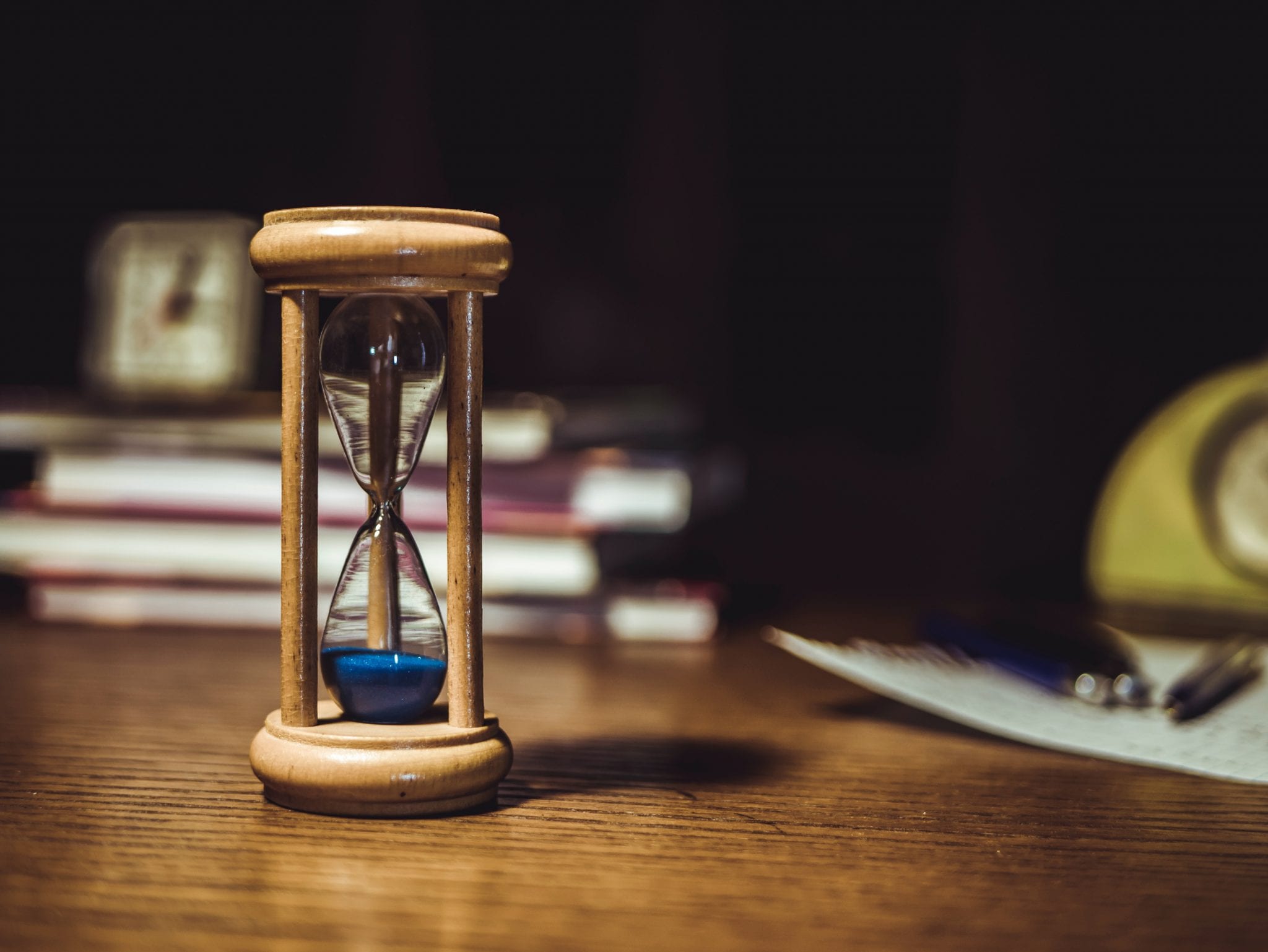You likely associate forensics with your favorite crime show. A technician will scour a crime scene in search of clues to direct detectives toward the perpetrator. While this is the primary function of forensics, you can use your own investigative skills to solve your appointment mysteries.
Fortunately, the only crime your customers have committed is not showing up to an appointment they booked. No-shows are expensive for businesses, as time slots suddenly become empty, and opportunity cost drives down revenue. To keep no-shows to a minimum, call on your inner sleuth.
Look for Evidence Left Behind
Evidence makes life in forensics a lot easier. Anything that provides a tangible clue will be infinitely better than any guesswork used to fill in the blanks.
What evidence can you find left by customers who failed to show at their appointments? Was it the fact that they didn’t prepay? Did they ignore reminder messages? Look for signs that may indicate why a no-show happened and what you can do to prevent a recurrence.
Interview Eyewitnesses
A lot of information about a crime scene can be given by an eyewitness. Someone who witnessed the event can shine a lot of light on a situation that can’t be obtained through even the most in-depth observation. For your appointment-based business, the people you should interview are your customers. They can provide the insight you need to determine why no-shows are occurring and how to put an end to them.
Survey your customers about their appointment experience. From their responses, you might discover that your late policy is too strict. If your late cancellation fee is nearly as punitive as your fee for no-shows, customers may feel inclined to skip appointments entirely rather than pay the fee and face your disapproval.
An even better source are the perpetrators themselves. Draft up a message you can send to no-shows to inquire about their absence. Make sure you word things delicately so as not to sound accusing. Rather, let customers know that you’re asking about their experience so you can serve them better in the future.
Take It to the Lab
Most forensic discoveries occur in a lab, not on site. In a controlled location, forensic scientists can dig deep into the evidence they recovered and use additional time and resources to make conclusions.
For your business, you can set up your own lab to look at appointment data. Online appointment software will do the trick. It will track key data for all your appointments, including what percentage of appointments result in no-shows and which days and time slots have more no-shows than the rest.
Data is worthless if it’s not put to use. Focus on the metrics that will help you cut down on no-shows. The information you receive should be used in marketing strategies and customer service strategies to try to keep no-shows to a minimum.
Look for Patterns
An experienced forensic technician will know what to look for after being on the job for several years. Patterns form across similar situations, providing knowledge and experience to be applied in the future.
What patterns can you identify with your appointment no-shows? Are they more common with a certain demographic? Do no-shows occur on weekdays more than weekends? Once you find a pattern, you’ll be able to better identify problems and come up with solutions.
The data you pull will make identifying patterns even easier. For example, data might tell you that the majority of your no-shows occur on Fridays. This may tell you that your customers’ plans change more often toward the end of the week, and you need to do a better job of reminding these customers about their appointments in advance.
Run Tests
A forensic scientist will use chemicals to test for certain substances left at a crime scene. This helps identify various factors at play or even uncover traces of DNA. While you won’t be performing any DNA tests on your customers, you should be running some tests to see what helps reduce your no-show rates.
Let’s say you’ve pinpointed the problem as a lack of reminders being sent to your customers. Run some tests to see how they respond when you send multiple reminder messages; perhaps one the day before and another an hour before their appointment time. Keep recording appointment data to see whether this change affects your no-show rates.
Try to change only one variable at a time when running tests. If you change too many things at once, you won’t know what factor changed your customers’ behavior. Sending reminders, changing your late policy, and adjusting appointment times may all be good things to do, but you shouldn’t do them all at once.
Keep Records
Once a case is closed, paperwork needs to be filed recording all the important details. This isn’t just done for legal reasons; teams can look back on old cases to learn from similar situations in the past. After you’ve cleared one appointment no-show hurdle, keep a record of what you did so you can refer back to it next time.
Not all situations will respond as well to the same treatment, but it’s good to have some background information to guide first steps. If your reminder messages are still being sent out and no-show rates are climbing, perhaps there’s something in your previous plan that could be implemented differently this time around. The better records you keep, the less research you’ll have to do each time.
You might not become the world’s greatest detective, but you’ll certainly be doing your business a favor by using forensic tactics to keep appointment no-shows to a minimum. Follow these steps diligently, and you’re sure to make an impact on your no-show rates.

